Alan Parfitt led a walk at Otmoor on the morning of Saturday 2 December. It was a cold foggy day with the temperature well below zero – there would be no distant views across the wetlands. Adjacent to the car park is a field where scrub had been allowed to develop and where there were now Hawthorn and Blackthorn bushes which were weighted down with a heavy crop of berries. These were providing food for Redwings and Fieldfares. Turning right out of the car park and right again led to a track which ran between damp pastures on one side and the car park field on the other. Between the track and the damp pastures on the left hand side was a wide wet ditch. The willows on its far bank had been cleared at regular intervals to open up views across the meadows. These cleared sections of bank are a good place to look for basking Grass Snakes in sunny weather in spring and summer – but not on a freezing December day. Any birds out on the damp pastures were hidden in the fog. On the right hand side of the track, the Blackthorn is cut over a 15 year cycle, encouraging the growth of the young suckers which are particularly attractive to the rare Brown Hairstreak butterflies when they are egg-laying. Towards the end of the track, a tree in the scrubby car park field supported some newly-filled bird feeders. Great Tits and Blue Tits were feeding there.
The track climbed up to an embankment with a bridleway running along the top. Ahead, a gateway gave access to the wet fields of the reserve, but again the fog limited views. Instead, the group turned left along the embankment, where first a Meadow Pipit and then a Pied Wagtail flew overhead. The bridleway led to a crossroads. Turning left again and heading southwards, the track was lined on both sides by berry-bearing hedges which were alive with small birds. A short distance along the track was a hide which on one side overlooked wet grassland with shallow pools and on the other side looked down on the track. There was no sign of any bird life on the wet grassland, but grain had recently been scattered along the track and it was attracting many birds. Particularly striking were three male Yellowhammers with bright yellow heads. Reed Buntings were numerous. The males had a black head with a white collar, while the females had stripey faces. Looking down on the birds from above gave a good view of their stripey backs. Small flocks of Chaffinches and Starlings flew in from time to time, joining the sizeable flocks which were already present in the adjacent hedges. Also seen here were two Linnets, a Moorhen, several Dunnocks, Great Tits, Blue Tits and Pheasants. Returning to the main embankment track, the walk continued along a footpath which led northwards towards the screens which are the principle viewing point for the Starling murmuration later in the day. The screens looked out over a large area of ice-free open water and reedbeds. Birds seen here included Shoveler, Gadwall, Tufted Duck, Mallard, a few Wigeon and a Coot. A family of five Mute Swan cygnets were changing colour from grey to white. The recent sightings list in the car park had included a single Bewick’s Swan, but all the swans here were definitely Mute Swans. There followed a brisk walk back to the car park, adding first a Kestrel, then a Wren to the morning’s sightings. Most of the group then went to the Aberdeen Arms in Beckley for lunch and to warm up.
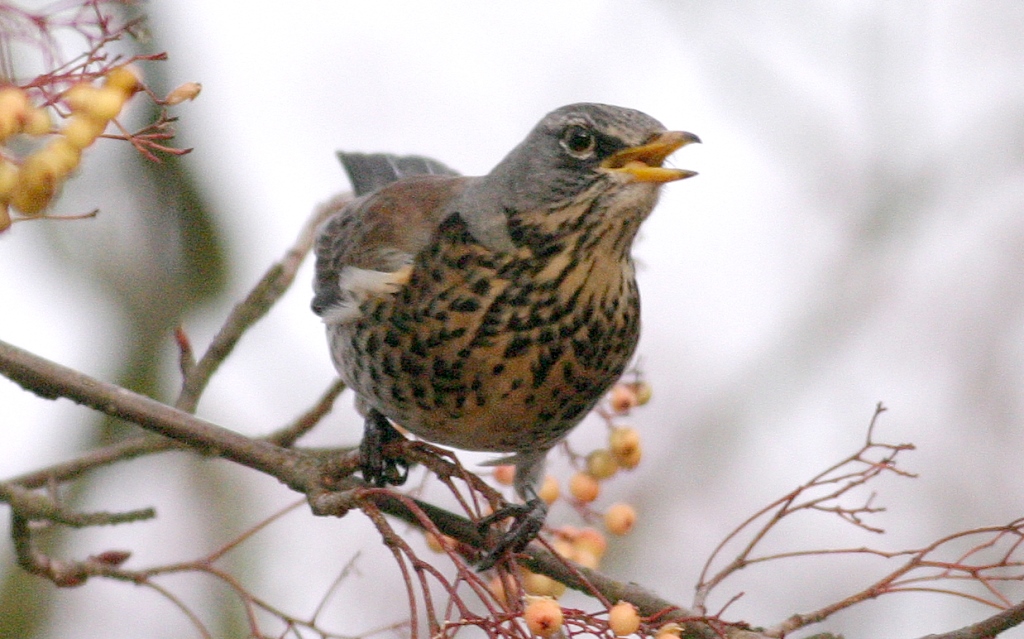
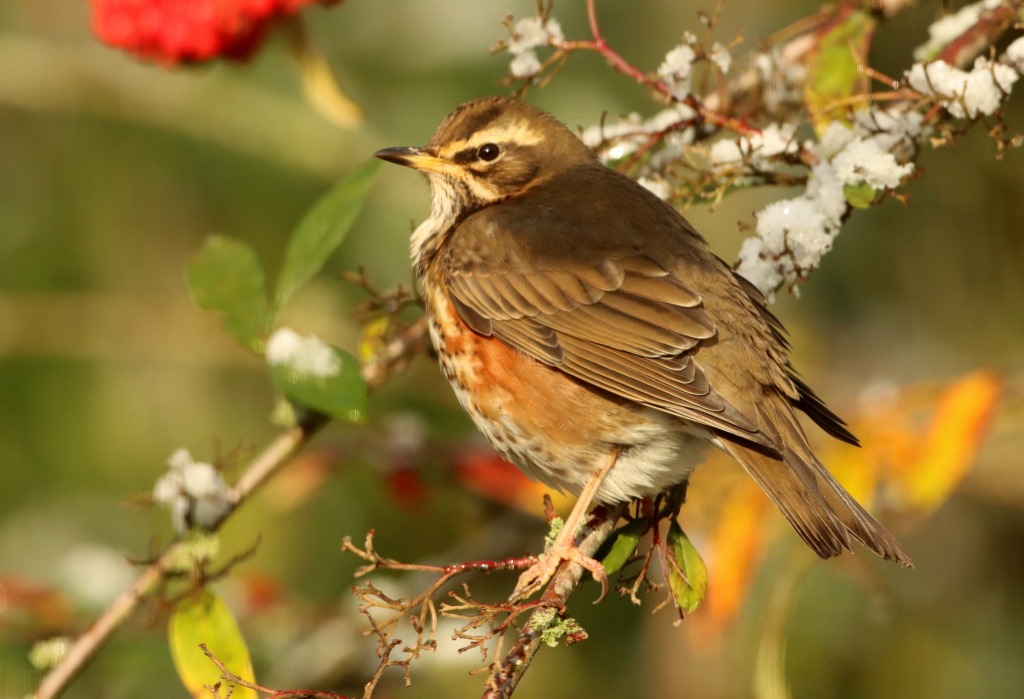
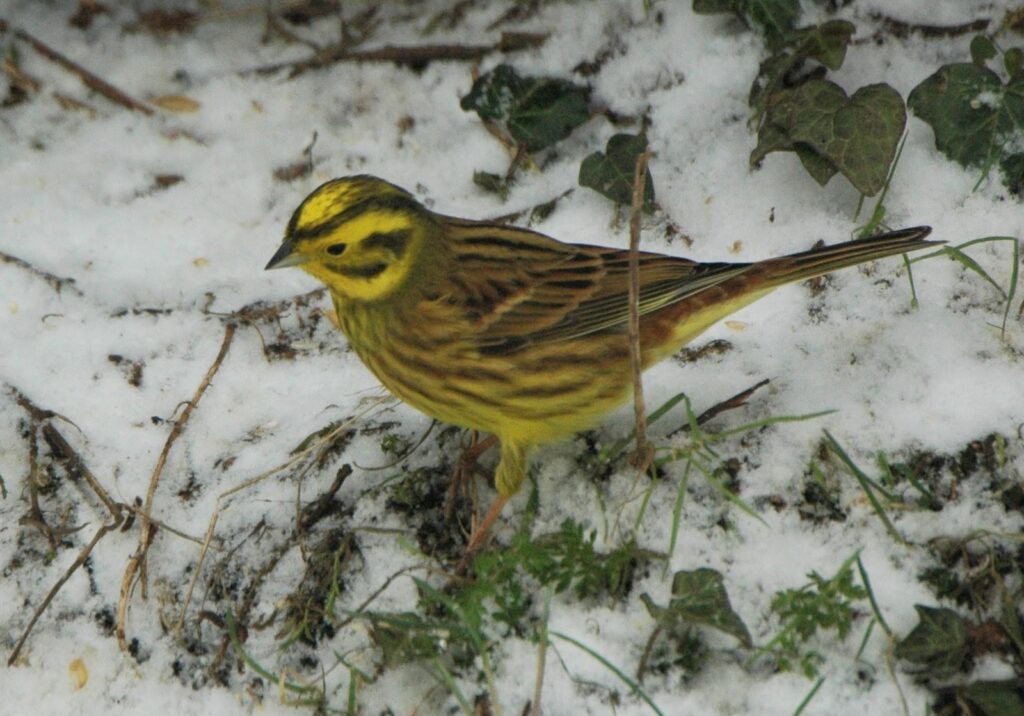
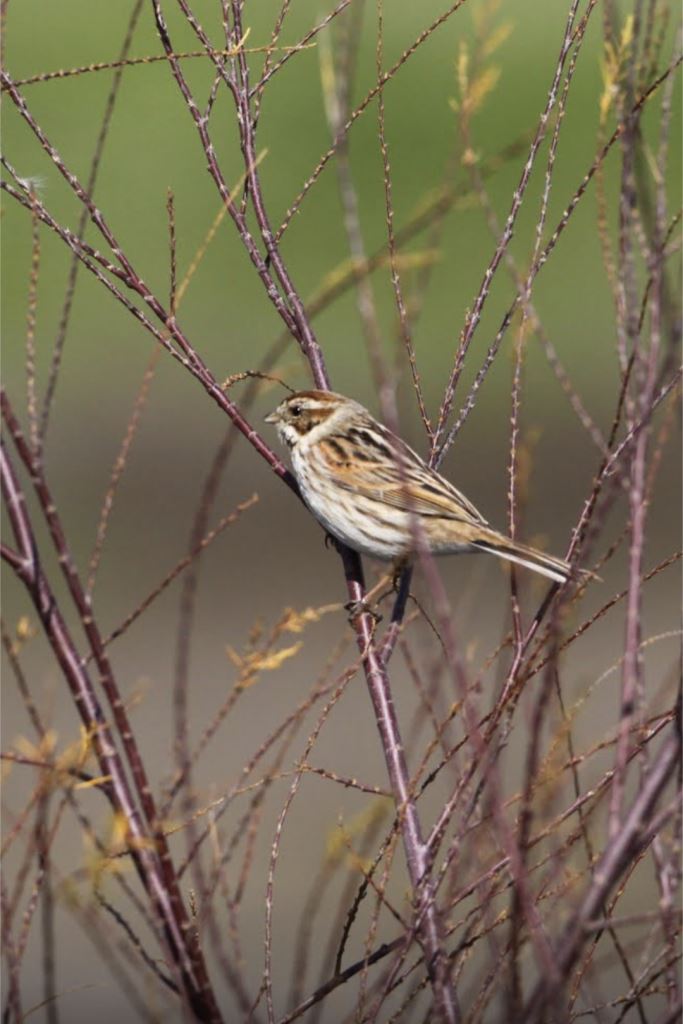
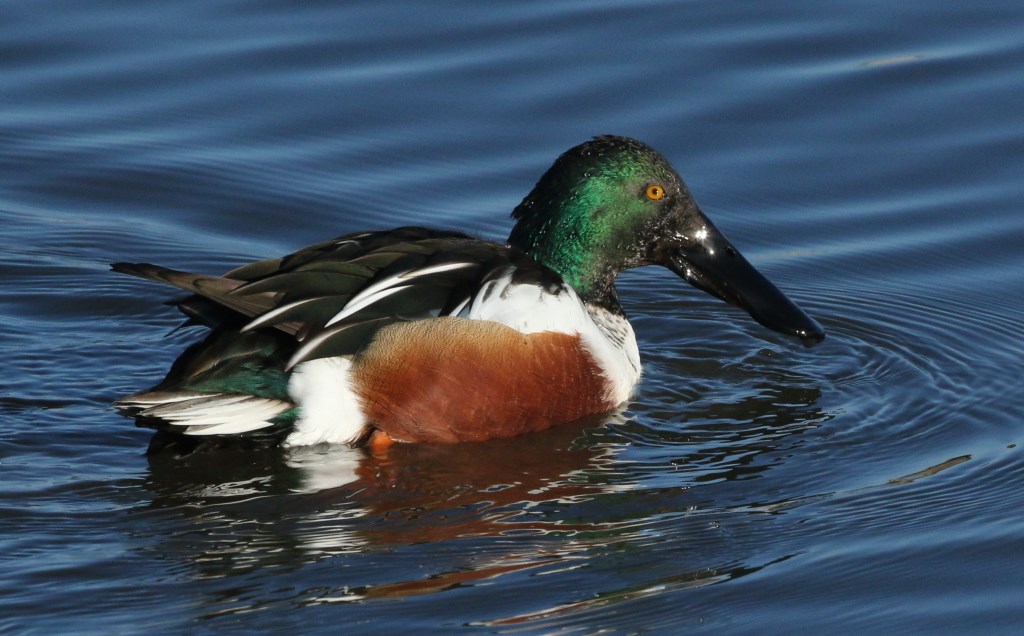
Pictures by Ken White
